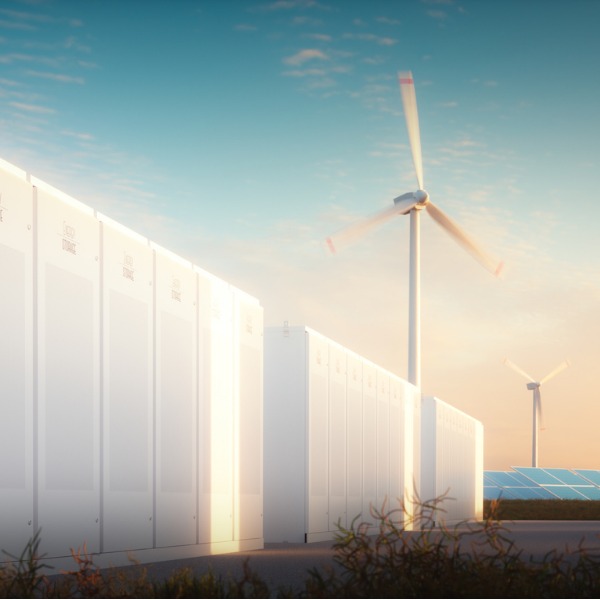Can You Store Electricity for Later?

Wind turbines with energy storage system (Petmal, iStockphoto)

Wind turbines with energy storage system (Petmal, iStockphoto)
8.1
How does this align with my curriculum?
Curriculum Alignment
AB
9
Knowledge and Employability Science 8, 9 (revised 2009)
Unit D: Electrical Principles and Technologies
NU
9
Knowledge and Employability Science 9 (Alberta, Revised 2009)
Unit D: Electrical Principles and Technologies
YT
12
Chemistry 12 (British Columbia, June 2018)
Big Idea: Oxidation and reduction are complementary processes that involve the gain or loss of electrons.
NT
9
Knowledge and Employability Science 9 (Alberta, Revised 2009)
Unit D: Electrical Principles and Technologies
BC
10
Science Grade 10 (March 2018)
Big Idea: Energy is conserved and its transformation can affect living things and the environment.
NU
11
Science 24 (Alberta, 2003, Updated 2014)
Unit B: Understanding Common Energy Conversion Systems
YT
10
Science Grade 10 (British Columbia, June 2016)
Big Idea: Energy is conserved and its transformation can affect living things and the environment.
NT
11
Science 24 (Alberta, 2003, Updated 2014)
Unit B: Understanding Common Energy Conversion Systems
AB
10
Knowledge and Employability Science 10-4 (2006)
Unit B: Understanding Energy Transfer Technologies
NU
10
Knowledge and Employability Science 10-4 (2006)
Unit B: Understanding Energy Transfer Technologies